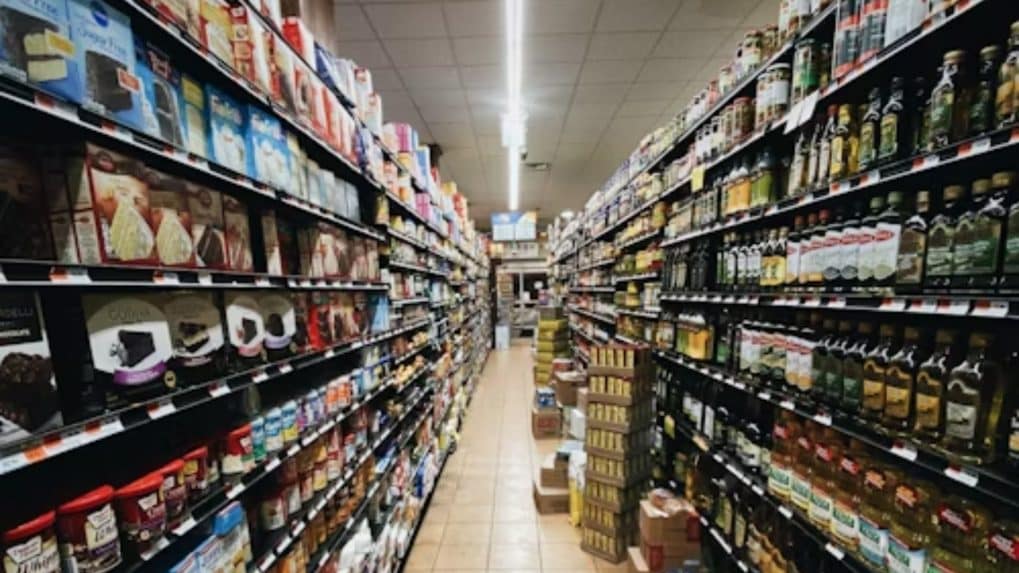FMCG giants scale back traditional advertising as digital channels gain favor
While television and print saw notable declines, overall marketing outlays from publicly listed FMCG firms remained robust, albeit redirected to digital and emerging platforms.
ADVERTISEMENT
In response to tepid urban consumption and persistent inflation, some of the country's largest FMCG companies have scaled back their presence in traditional advertising media over the past fiscal year, favoring more targeted and digital channels instead.
Television advertising for FMCG brands declined 12 percent in fiscal year 2025, according to data from TAM AdEx, a division of TAM Media Research. The reduction reflects a broader shift in marketing strategies as companies recalibrate their outreach to consumers amid changing media consumption habits.
Despite the downturn, Hindustan Unilever Ltd. (HUL) and Reckitt Benckiser (India) retained their positions as the leading advertisers on television, accounting for 22 percent and 18 percent of FMCG ad durations, respectively. Household brands such as Harpic, Dettol and Lizol maintained notable visibility on screen.
The contraction was even more pronounced in print media, where FMCG advertising space shrank by 20 percent year-over-year. Dairy giant Gujarat Cooperative Milk Marketing Federation (Amul) and Emami Limited led in print, holding 5 percent and 4 percent market shares, respectively. Patanjali Ayurved, however, slashed its print advertising from 5 percent in FY24 to just 2 percent in FY25.
While television and print saw notable declines, overall marketing outlays from publicly listed FMCG firms remained robust, albeit redirected to digital and emerging platforms. Dabur India Ltd. reported a 1.83 percent year-on-year increase in advertising expenditure, reaching Rs 864.64 crore in FY25, up from Rs 849.06 crore the previous year.
“The advertising ecosystem has evolved significantly post-COVID,” said Vaishal Dalal, Co-founder & Director, Excellent Publicity. “FMCG brands are increasingly investing in performance marketing, influencer collaborations, and Connected TV. While ad durations on traditional platforms may have dipped, actual spend has remained fairly stable.”
Marico Ltd. increased its ad and promotional spending by 18.4 percent to Rs 1,128 crore in FY25. Britannia Industries emerged as a digital frontrunner, claiming a 44 percent share of FMCG digital advertising. “With the right balance of insight, creativity, and innovation, we aim to ensure our brands remain engaging and relevant,” said Siddharth Gupta, the company’s General Manager for Marketing.
Emami Ltd. also adopted an assertive approach, committing over Rs 690 crore to advertising during FY25. “We intend to continue at this level in FY26,” said Mohan Goenka, the company’s Vice Chairman and Whole-Time Director. “If summer sales hold steady, we expect to see favorable results in the coming weeks.”
Patanjali Foods directed 3.36 percent of its fourth-quarter revenue toward advertising and sales promotions, totaling Rs 325.66 crore, while Godrej Consumer Products Ltd. modestly increased its annual ad spend to Rs 1,020.22 crore.
Baba Ramdev’s Patanjali Foods spends Rs 325 crore on marketing, promotional activities in Q4 FY25
In a notable exception, Hindustan Unilever trimmed its annual advertising expenditure, reducing it to RS 6,028 crore in FY25 from Rs 6,380 crore a year earlier.
Tata Consumer Products Ltd. has yet to disclose detailed advertising figures, though Chief Financial Officer Ashish Goenka said the company’s promotional strategy remains aligned with revenue growth goals. “Our ad and promotional expenses are being scaled appropriately in line with our top-line growth,” he said.
Dalal noted a growing preference among marketers for “high-impact, measurable platforms,” including Connected TV. “Brands are no longer chasing visibility for its own sake,” he said. “They’re choosing relevance and effectiveness, and the Q4 uptick in ad spending highlights a more strategic approach.”
HUL steps up digital advertising, media spends to drive growth for key brands

